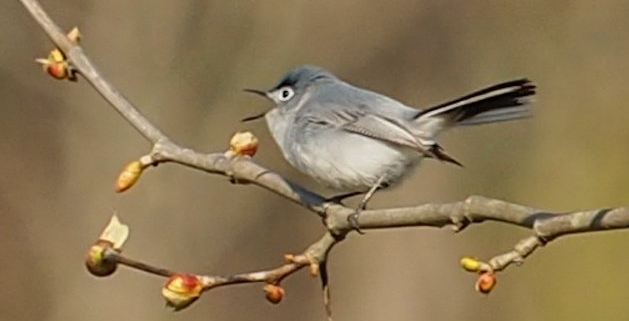Stay-at-Homeschooling for Grown-Ups
Article by Plant NOVA Natives
We have all heard of naturalists such as Charles Darwin and James Audubon who undertook long and fruitful journeys of discovery. But did you know that many naturalists made their famous discoveries in their own yards? For example, Jean-Henri Fabre spent decades at his home in France on a small plot of hard scrabble where he documented numerous observations of insect behavior that are still read today for their wit as well as their fascinating conclusions about instinct and intelligence. The same opportunities for adventure are available to any of us who have access to any space – however small – where plants can grow.
You might think that by now the millions of human beings who live in our region would have figured out all there is to know about the local flora and fauna, but that is far from the case. Not only are new species being discovered all the time, but there is very little known about many of the ones we do recognize. Why not try your hand at natural science? Unlike Jean-Henri, who mostly had to go it alone, we have the ability to crowd-source our learning process by way of a giant citizen science project called iNaturalist. Who knows, you may be the next to discover a new species!
For most of us, however, the adventure will lie not in rarities but in finally noticing the common plants and animals in our yard which have been there all along. The joy will come not so much from our contributions to science – which are real if we document life on iNaturalist or on any of a number of other citizen science projects – but from witnessing how many more things there are in heaven and earth than were dreamt of in our philosophy.
The main tool needed for this exploration is patience. A small yard may be home to hundreds or thousands of species, but they will not all present themselves at once. Plants of course emerge and develop over the growing season. Animals also emerge at different times, and many remain hidden from view. As you amble around your yard, take a close look at every little moving object. You will find that what you had assumed were identical little specks are in fact many different species going about their business. A camera, even a cell phone camera, can show you the details of pattern and color that your eye cannot register during your brief encounters. There is something irresistibly calming in watching this world at work.
If you have the opportunity to compare your yard to a neighbor’s, you may notice a pattern. Yards that appear lush to the modern eye are sometimes just Potemkin landscapes, ones where humans have labored to exclude nature by substituting ecologically useless (or even harmful) plants for the natives, removing the life-giving detritus, and attacking the remaining residents with chemicals. Even in yards such as those, signs of life will be stirring. But where such chemicals are avoided and where native plants are encouraged, a yard will support a cornucopia of animation, from tiny beetles to nesting songbirds. It is not difficult to create a yard with these happy conditions. To borrow a quote from suffragist Sarah Grimké, writing in 1837, “All I ask of our brethren is, that they will take their feet from off our necks, and permit us to stand upright on that ground which God designed us to occupy.”
Between April 24 and 27, people all over the world are coming together to document life on Earth. These are the four days of the annual City Nature Challenge, which in previous years has included a friendly competition between metropolitan areas but this year is simply a celebration of life and unity. We can contribute to the festivities by snapping photos of any wild plants or animals and uploading them to iNaturalist. How many native plants can you spot in your neighborhood? How many bees, birds and other critters can you spot taking advantage of them? Once you have caught the nature bug and find yourself longing for more, you can learn how to add those native plants that support the life on your property by visiting www.plantnovanatives.org. Garden centers – including several that specialize in native plants – are open and ready to help you choose the best ones for your situation.
The education we can soak in from the ecosystem of our yards goes far beyond a science lesson. We may observe that the natural world is at least as much about cooperation and accommodation as it is about tooth and claw. To recognize our fellow beings as individuals, each with the same claim on life as our own; to witness the interdependence of us all in our unfathomable complexity; to start to see our place in the universe – all these experiences wash away our tension and plant in us the seeds of compassion. It goes without saying that it is not just grown-ups who can benefit from these lessons.




